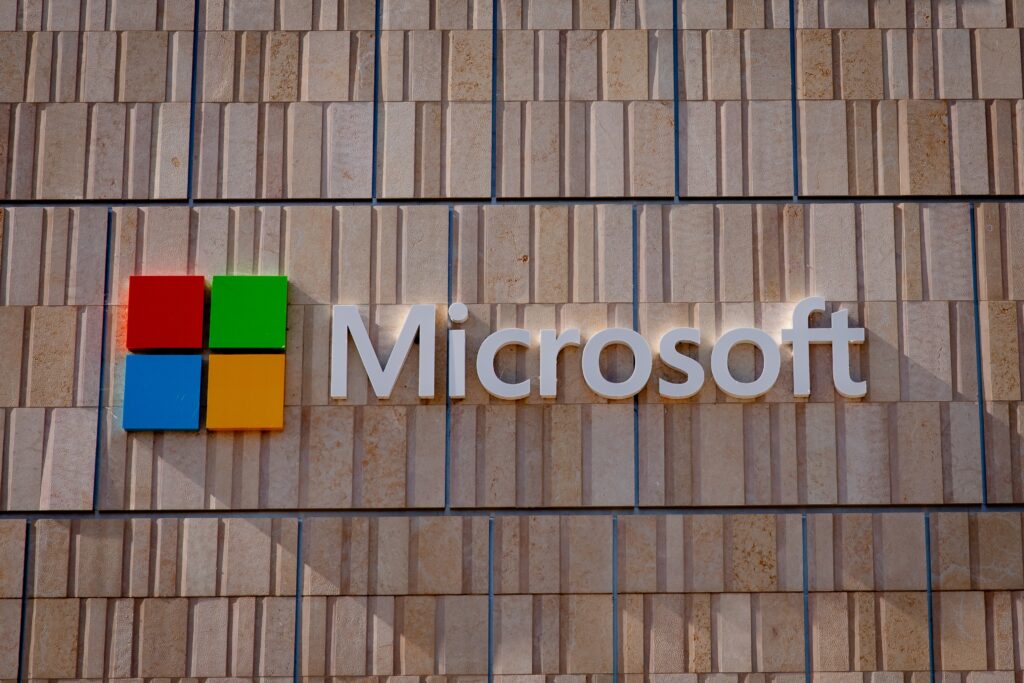Microsoft will lay off about 6,000 employees, or nearly 3% of its global workforce, in a move aimed at streamlining operations and reducing management layers. The layoffs, announced on Tuesday, come despite strong financial performance and continued growth in key areas such as AI and cloud computing.
Strong Profits but Strategic Cuts
The job cuts were confirmed just days after Microsoft reported another quarter of strong profits. Sales and earnings exceeded Wall Street expectations for the fourth time in a row. While many companies in the tech industry face economic pressure, Microsoft remains profitable and is choosing to restructure for speed and efficiency.
Chief Financial Officer Amy Hood said the goal is to make the company “leaner and faster.” She explained that removing unnecessary layers in management will help improve decision-making and team performance across departments.
“We’re reducing layers to make teams more effective,” Hood stated in a company-wide message.
Who Will Be Affected?
The layoffs will impact employees at all levels and in all regions. However, the main focus will be on reducing mid-level and senior management positions. The company has not released a list of affected departments but confirmed that job notifications began going out Tuesday.
According to Microsoft’s most recent data from June 2023, the company had about 228,000 full-time employees, with 55% based in the United States. Although the March 2024 headcount was still 2% higher than the previous year, it had already dropped slightly from the end of 2023.
Another Wave of Layoffs in Tech
This is Microsoft’s second major round of layoffs in just over a year. In early 2023, the company cut 10,000 jobs, or about 5% of its workforce, as the tech industry adjusted to slower post-pandemic growth. A smaller wave of performance-based layoffs followed in January 2024.
Microsoft is not alone in making these decisions. Other major tech firms—including Google, Amazon, and Meta—have also downsized in recent months as they focus on profitability and future readiness. These moves reflect a broader shift in the tech world, where companies are focusing more on efficiency than expansion.
Still Hiring for Future Growth
Despite the job cuts, Microsoft continues to invest heavily in high-growth areas, especially artificial intelligence and cloud services. These sectors are seen as central to the company’s long-term success.
The company’s Azure cloud platform remains a top priority, especially as demand for enterprise cloud services and AI-based tools continues to rise. Microsoft is also expanding its partnerships, including those with OpenAI and other AI developers, to create new solutions for both business and personal use.
In a company statement, Microsoft said it was making “organizational changes necessary to best position the company for success in a dynamic marketplace.”
While some employees expressed concern about job security, others welcomed the company’s clear focus on core innovation. Analysts say these cuts, though difficult, may help Microsoft stay competitive and agile.
Industry expert Lena Torres from FutureTech Insights commented:
“Microsoft is clearly focused on long-term gains. By trimming management and pushing more resources toward AI and cloud, they’re aligning with where the market is headed.”
Microsoft has not said whether more job cuts are planned later this year. However, leaders have assured staff that future changes will be communicated clearly and that support is available for those affected.
Microsoft’s decision to reduce its workforce by 6,000 marks another significant shift in the tech industry’s post-pandemic evolution. While painful for those affected, the move highlights the company’s focus on agility, innovation, and long-term success.
